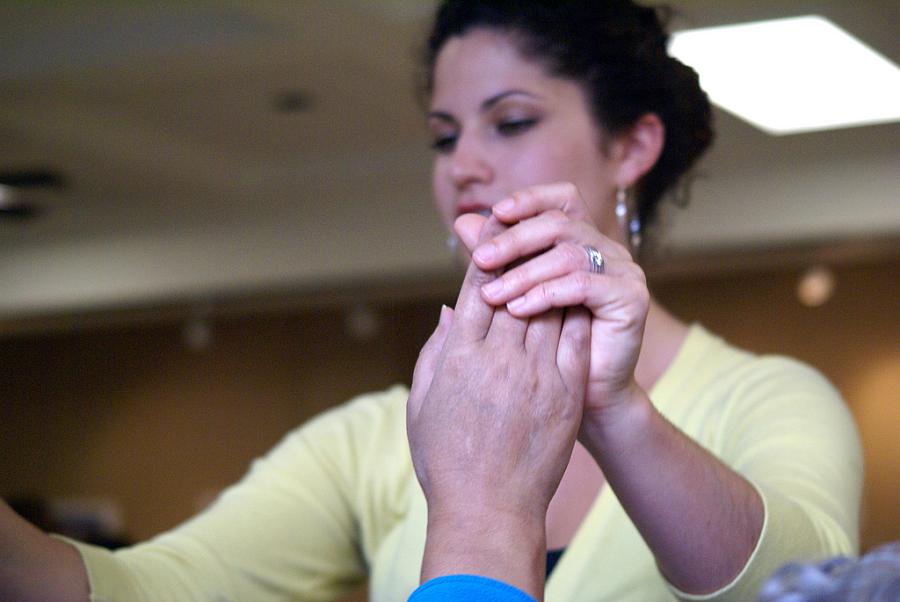Tips for covering long-term care

Whether you’re a new reporter or an experienced hand looking for fresh ideas about senior care, you can find compelling stories by digging into state and national datasets. Important stories about regulatory gaps, poor enforcement, and even malpractice are there for the taking — if you know where to look.
An investigative reporter, a nursing home industry representative and a Medicare executive offered tips to reporters during the recent Association of Health Care Journalists conference about spotting stories and finding crucial data.
One key to smart coverage is to remember that assisted living and skilled nursing facilities (SNFs) are two very different entities, moderator Deborah Schoch said at the outset. Both provide long term care for seniors and others who can’t live safely on their own or with family.
Assisted living facilities occupy a middle ground between living in the community and being a patient in an SNF. These residential facilities are not federally regulated, which means reporters need to comb through state records to get the facts. Fortunately, the National Center for Assisted Living (NCAL) offers dozens of resources on their website, such as state regulations, clinical guidelines, and assisted living studies.
Skilled nursing facilities are subject to both federal and state regulation. One place to look for stories is your state’s laws on nursing, which are generally tied to a board or association. How does this board license nurses and conduct investigations? Also, know your state’s data practice laws, which state exactly what can be disclosed to the public. “Know the laws beforehand,” said Brandon Stahl, “and it saves you hours of trying to get data from people who don’t want to give it to you.”
Surprising results can be uncovered. Stahl, an investigative reporter at the Minneapolis Star Tribune, found several disturbing trends when he tracked the actions of his state’s Board of Nursing. His series on nurses, which has driven major nursing reforms in Minnesota since October, found 294 nurses who had a been written up for “unsafe practices,” 88 with criminal records (sexual assault being the most common offense), and 112 who used narcotics and practiced while impaired. Stahl also found that the Board “excused” offending nurses as many as three times, allowing them to return to practice.
Searching local court records is a good way to find patient names and specific cases of malpractice, Stahl said. These records can give you the names family members, attorneys who can connect you with the patient, the names of the nurses involved, and more details about what happened.
National databases are a wealth of information about nursing homes, according to physician and quality of care expert David Gifford. Foremost is the so-called “minimum data set” maintained by the Centers for Medicare & Medicaid Service (CMS). This can be used to identify characteristics for every nursing home resident who is covered by Medicare or Medicaid, said Gifford, who is vice president of the American Health Care Association (AHCA),
Nursing Home Compare is a federal database with a different perspective on what happens in nursing homes. Instead of focusing on individuals, this is a repository of information about the characteristics of each facility, such as the quality of their health inspections and staff. The Commonwealth Care Alliance also provides an extensive database for families searching for a provider.
It can be hard to extract an accurate overview from these databases, cautioned Edward Mortimore, the technical director for CMS. Both nursing homes and the people in them vary tremendously from state-to-state, which can be tricky for reporters hoping to compare their state with its neighbors, for example.
Another pitfall is not taking into account that two distinct populations reside in nursing homes, Gifford said. Short-term residents who have been discharged from an acute care hospital can stay for only 28 days. They generally get better and go home.
Long-term residents, who depend on others for medical assistance, such as ventilator use,, can stay for up to 12 months. “If you don’t recognize [the two populations],” said Dr. Gifford, “you could have misleading statistics for the question you’re asking.”
With the right tools and know-how, however, any journalist can find rich and informative stories about long-term care in their community, state or the nation.
Photo by University of the Fraser Valley via Flickr.
